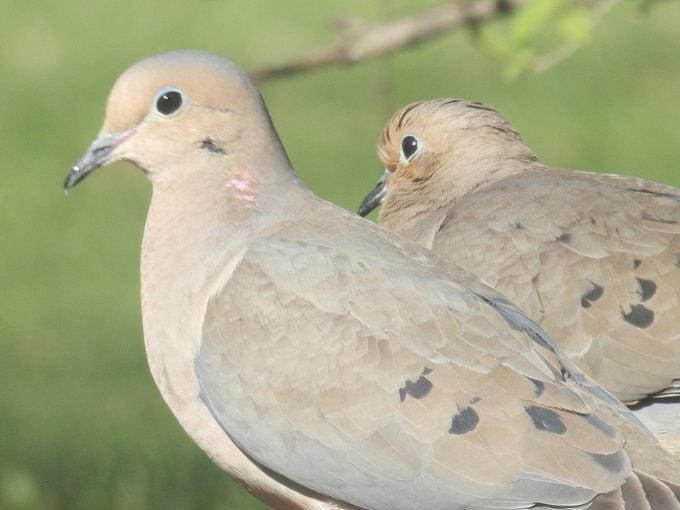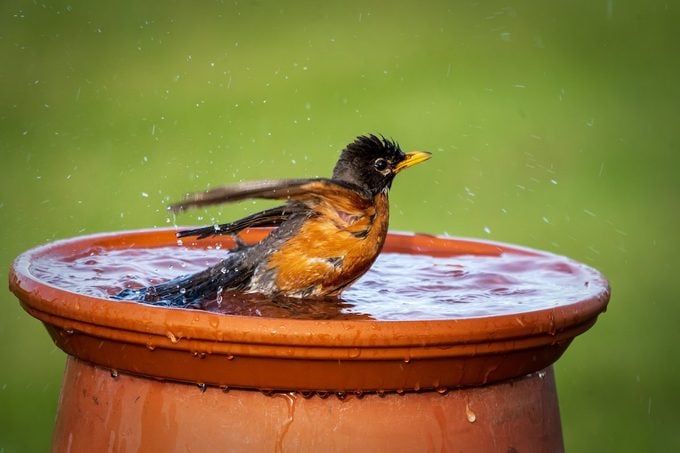The Most Common Birds Found in North America
Updated: Jul. 06, 2021
Rare birds get a lot of attention these days, but common birds are important, too! Discover North America’s most abundant birds and learn about them.
You often hear about rare birds. People who are involved in conservation spend a lot of time thinking about them, and that’s certainly true for the two of us. We’re big advocates for whooping cranes, with only about 400 left in the world. Another species we often talk about is the Kirtland’s warbler, which was down to about 300 just a few years ago.
Rare birds tend to be rare for a reason. The Kirtland’s, for example, has a highly specialized habitat. It will raise its young only in large groves of short, young jack pine trees growing on sandy soil in just a few parts of Michigan and nearby areas.
While such rare species certainly deserve attention and care, what about their opposites? You know—those birds that seem to be everywhere!
Often these common birds are successful because they’re generalists. Unlike the Kirtland’s warbler, they don’t have specialized habitats—they can make do just about anywhere. Here’s a look at these easygoing birds of North America and the qualities that make them so abundant. Check out 15 backyard birds you should know.
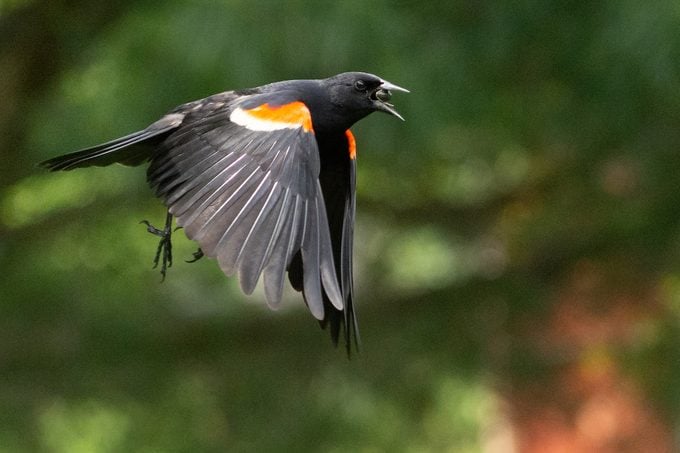
Red-Winged Blackbird
Male red-wings, flashing their scarlet shoulder patches, are a familiar sight all over North America. While some marsh birds have become rare, red-wings don’t need pristine marshes. They’ll adapt to any pond edge, weedy ditch or even brushy field. There are probably some red-wings nesting in just about every county in the Lower 48 states, with a population estimated at 130 million to 190 million. Check out 7 surprising facts about red-winged blackbirds.
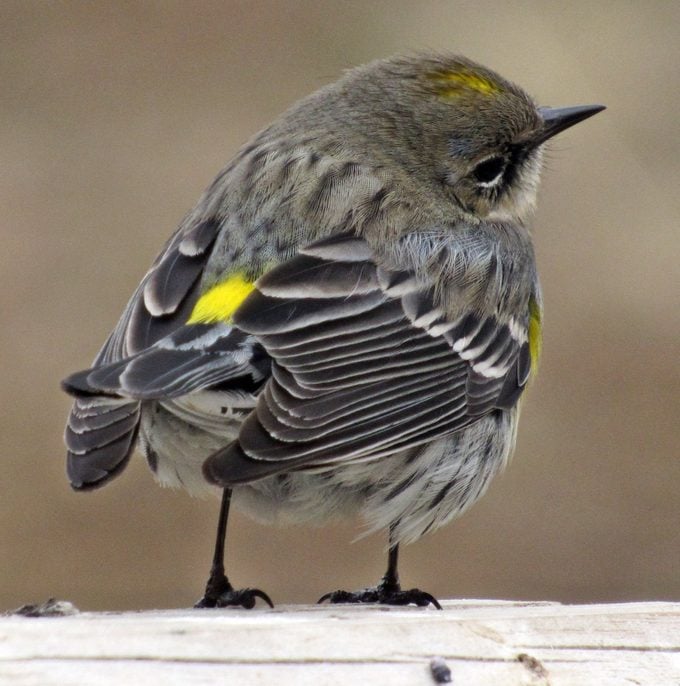
Yellow-Rumped Warbler
Tiny, colorful warblers are often hard to see as they flit from treetop to treetop, but they can swarm through the woods in great numbers during spring and fall migration. North America boasts more than 50 species of warblers; this one is probably the most abundant. It comes in two varieties, with the white-throated “Myrtle” type nesting from New England to Alaska and the yellow-throated “Audubon’s” all over the forests and mountains of the West. More adaptable than most warblers, these yellow-rumps eat berries as well as insects, so they can survive cold weather without migrating to the tropics. Their total population may be as high as 130 million. Discover 25 warblers you should add to your life list.
Mourning Dove
Adapted to a variety of open habitats, these doves also raise a lot of youngsters—as many as six broods a year in warmer climates. So even though they ordinarily lay only two eggs per clutch, a pair can produce up to a dozen offspring every year. Estimates of their population range as low as 100 million and as high as 475 million. Check out 15 breathtaking photos of mourning doves.
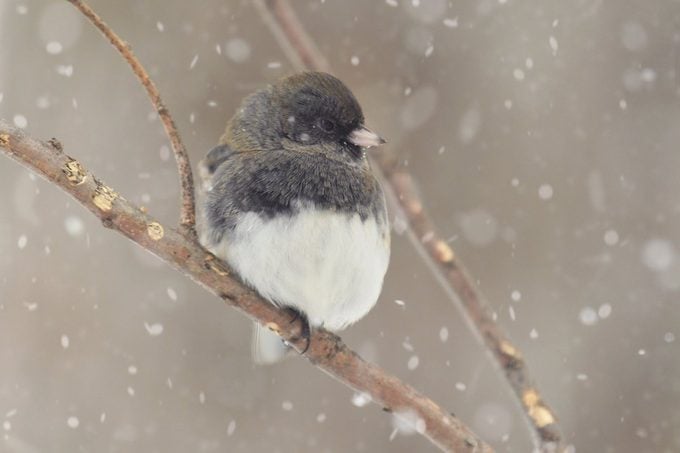
Dark-Eyed Junco
If you see lots of juncos around your feeders in winter, you’re not alone. These little snowbirds are thought to be among the most numerous North American species, with estimates of 150 million, 200 million or even more. Although they nest only in the North Woods and the mountains, they’re among the most common summer birds all across the vast forested regions of Canada, Alaska and the Northern states. Learn how to attract more juncos to your backyard.
American Robin
Originally they inhabited forests and swamps, but robins quickly learned to live around towns and cities when settlers began clearing the land. Today robins are abundant in towns, city parks, farms and forests. They nest all across Canada and Alaska, and in most parts of the Lower 48 states, except for the hottest Southern regions. Their total population has been estimated at 300 million. Here’s how to attract robins to your yard or garden.
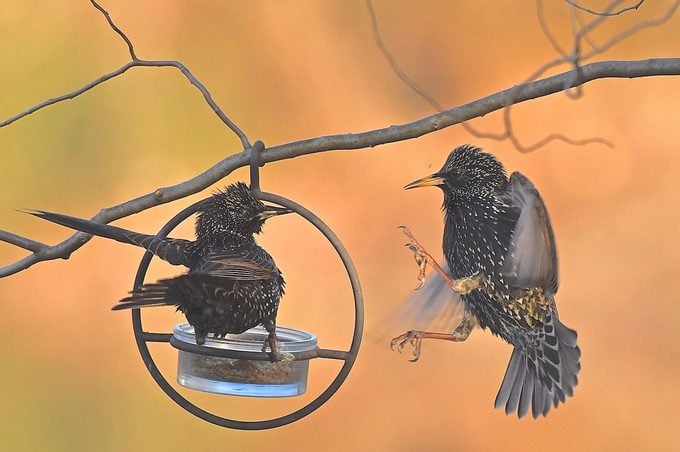
European Starling
Brought to this continent around 1890 and released in Central Park, starlings have been wildly successful. Their total numbers here are above 50 million; some estimate that they may top 200 million. Starlings are smart, adaptable and tough, so their success isn’t surprising. Unfortunately, they’ve thrived at the expense of some native birds, taking over nesting sites from woodpeckers, bluebirds and others. Learn how to deal with bully birds at your feeders.
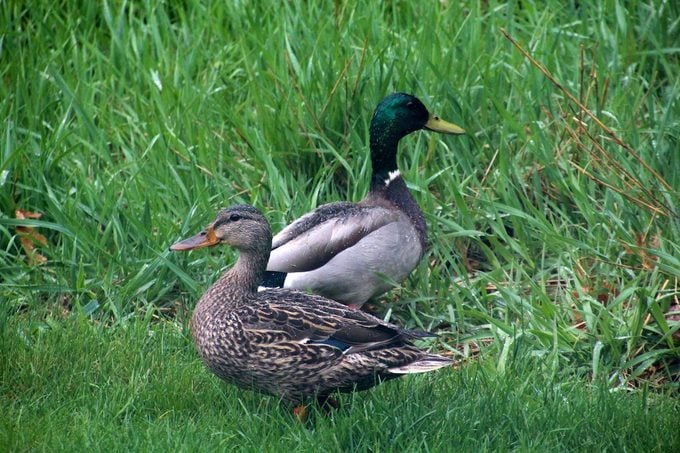
Mallard
We know more about duck numbers than we do about populations of most birds, because wildlife agencies keep careful counts of them every year. We know, for instance, that the North American mallard population in 2014 is around 11 million—higher than the long-term average, which is just under 8 million. Of course, that total number is much lower than the estimates for some of the songbirds. But ducks are big birds, and a million mallards take up a lot more room than a million robins. Check out 7 types of ducks to look for.
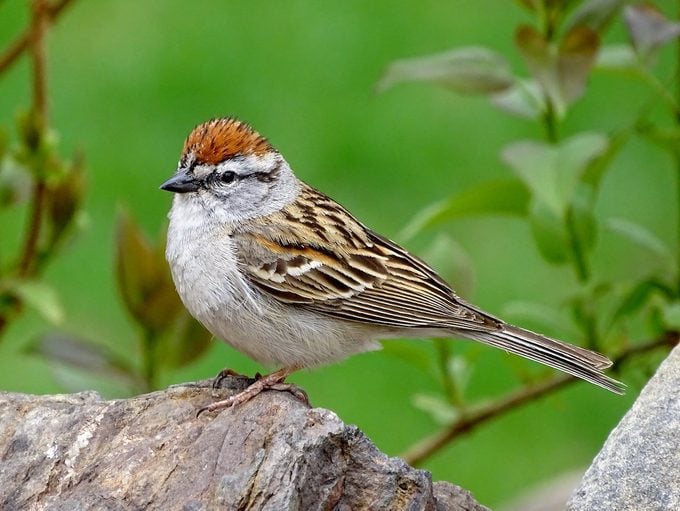
Chipping Sparrow
When European settlers began building towns and cities in eastern North America, tiny, tame chipping sparrows were among the first native birds to move in. They might have become the reigning city sparrows of this continent if house sparrows hadn’t been introduced from Europe; the bigger, more aggressive house sparrows took over the more populous areas. But chipping sparrows are still extremely common in suburbs, farms and open woods, with some experts putting their population at more than 200 million. Learn how to identify chipping sparrows.
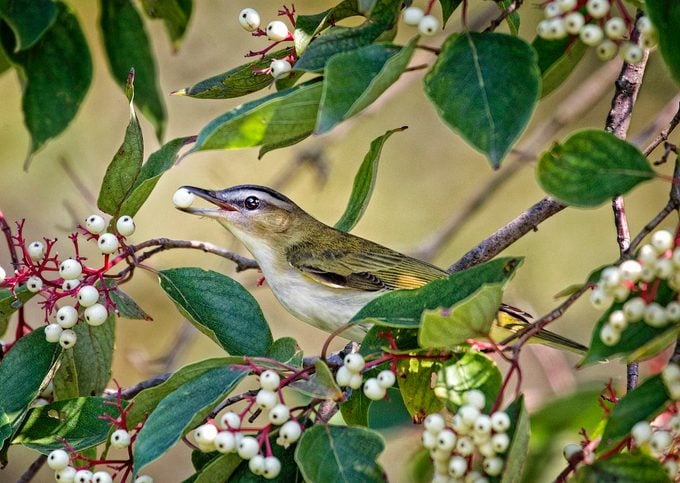
Red-Eyed Vireo
Bird-watchers are often surprised to learn that these vireos are among the continent’s most common birds. Moving slowly among the dense foliage of treetops, they’re very hard to see. But as soon as you learn to recognize their voice, you’ll discover that they’re indeed abundant. Their numbers may be overestimated because they’re such tireless singers, continuing to deliver their short, melodic phrases through the hot summer when many other birds have fallen silent. Even so, their population is probably over 80 million and perhaps more than 130 million. Check out the top songbirds in America.
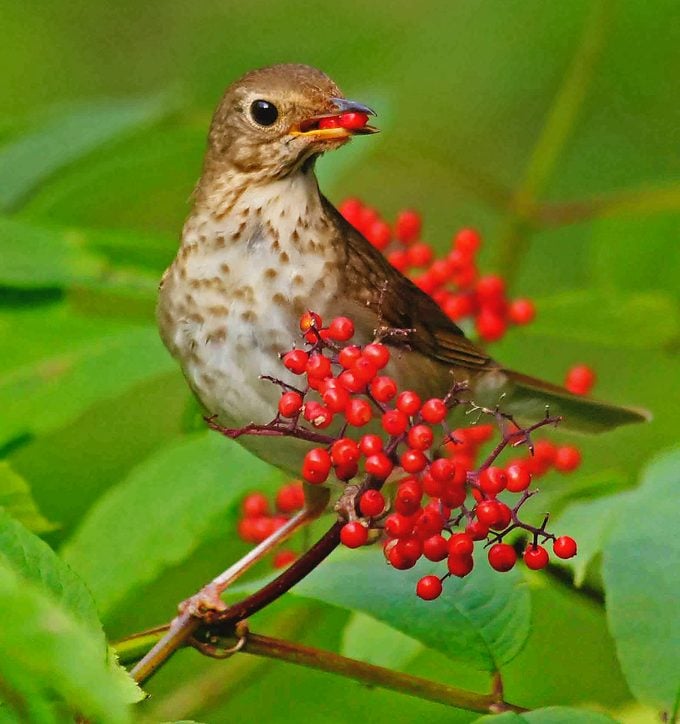
Swainson’s Thush
Stand outside on a clear night in spring or fall, and you may hear the soft, musical notes of these thrushes high overhead, migrating in the dark. These shy brown birds are thought to be among the continent’s most abundant, with estimates as high as 100 million. The key to their success is their vast breeding range, throughout the boreal forests of Canada and Alaska, as well as the Northeastern states and all the higher mountains of the West.
Are Estimates Correct?
The numbers cited by experts on bird populations vary greatly. Mourning doves, for instance, are thought to number between a low of 100 million and a high of 475 million—almost five times the lowest estimate—but no one can be sure. Even the most highly trained ornithologists and conservationists can only make educated guesses.
3 Ways to Help Count Birds
By taking part in any of these projects, you’ll help provide data that scientists can use to track bird population trends.
1. Christmas Bird Count. This annual winter census by the National Audubon Society has gone on every year since 1900. Even if you’re a new birder, you can take part in the count by teaming up with experienced observers between Dec. 14 and Jan. 5. To find a local count, see birds.audubon.org.
2. Project FeederWatch. From early November through about the end of March, volunteers do regular counts at backyard feeders, turning in the results to the Cornell Lab of Ornithology. You’ll find more info at feederwatch.org.
3. Great Backyard Bird Count. A cooperative project of Audubon and Cornell, this count takes place over four days in February. Despite the name, it isn’t limited to backyards; you can count birds anywhere and submit the results. Visit gbbc.birdcount.org to learn more.

